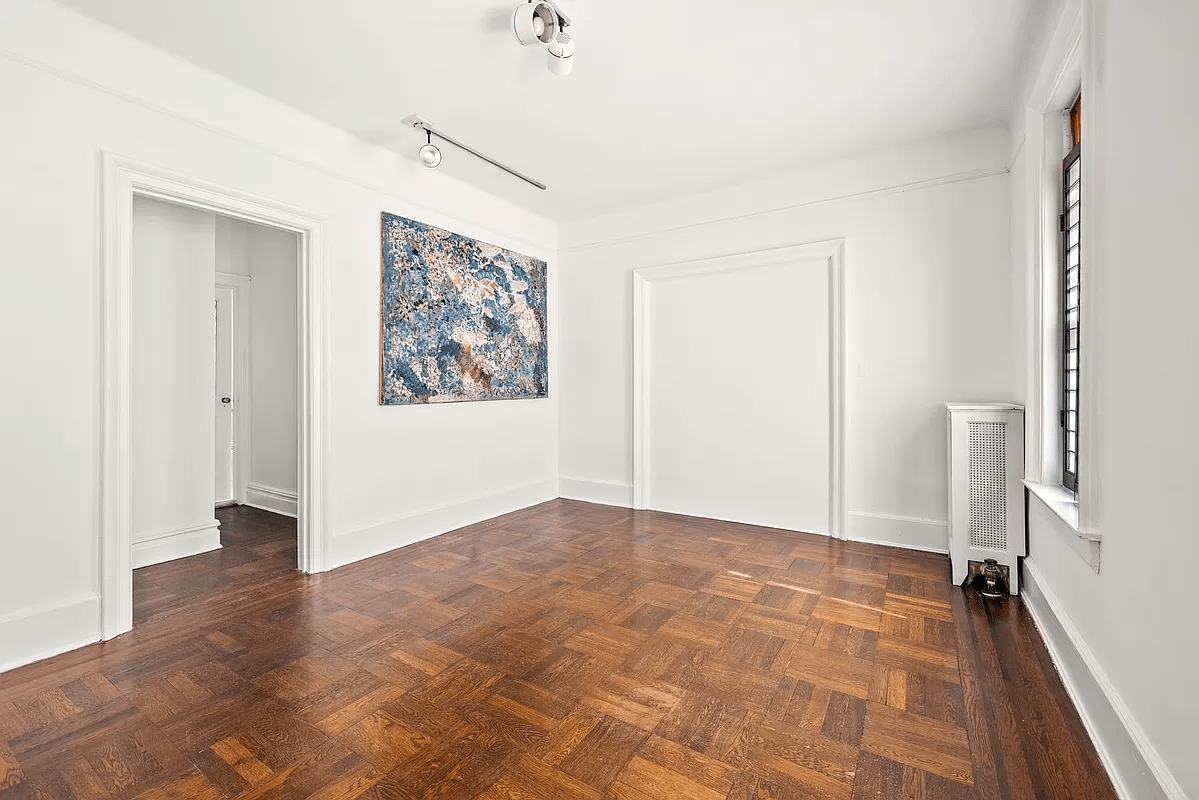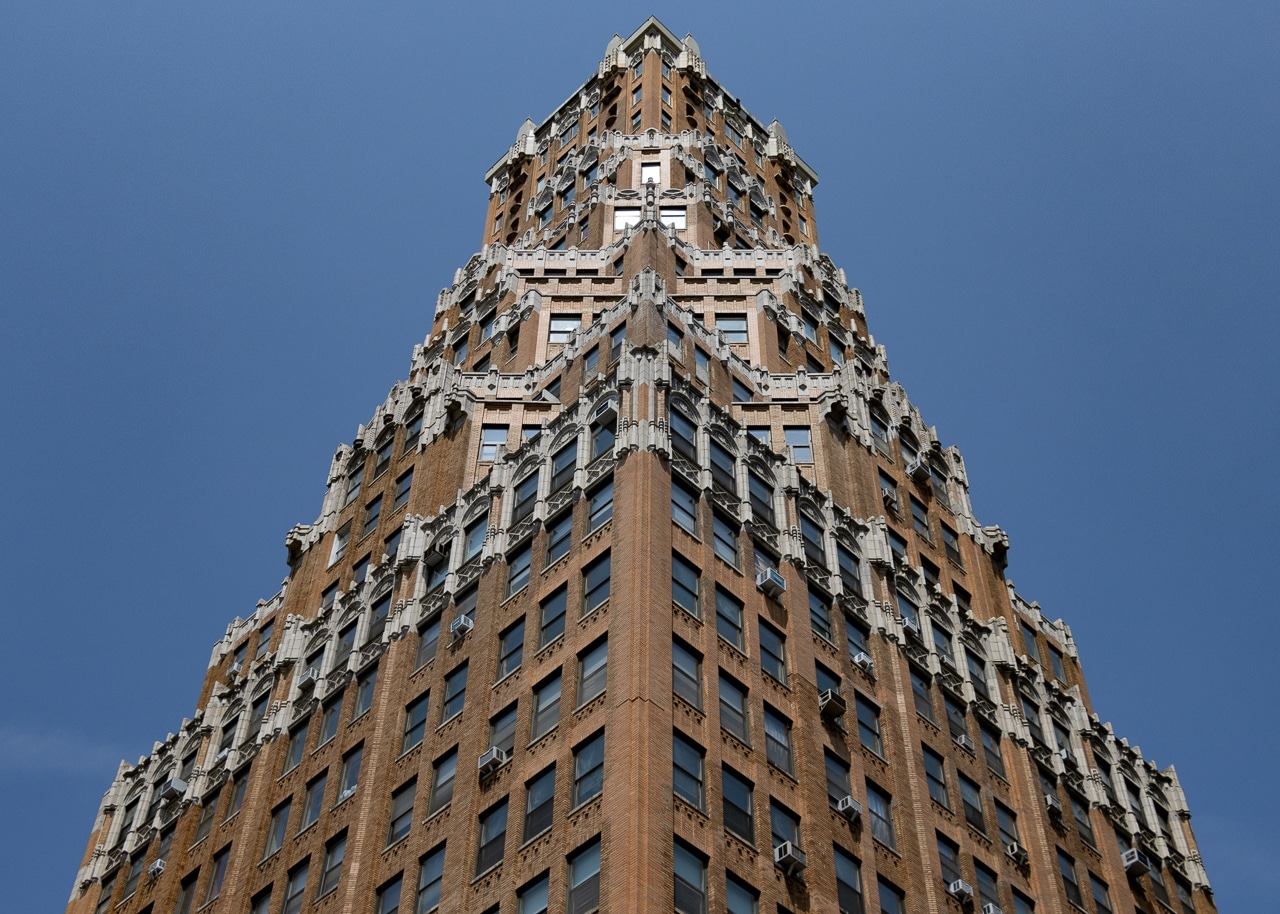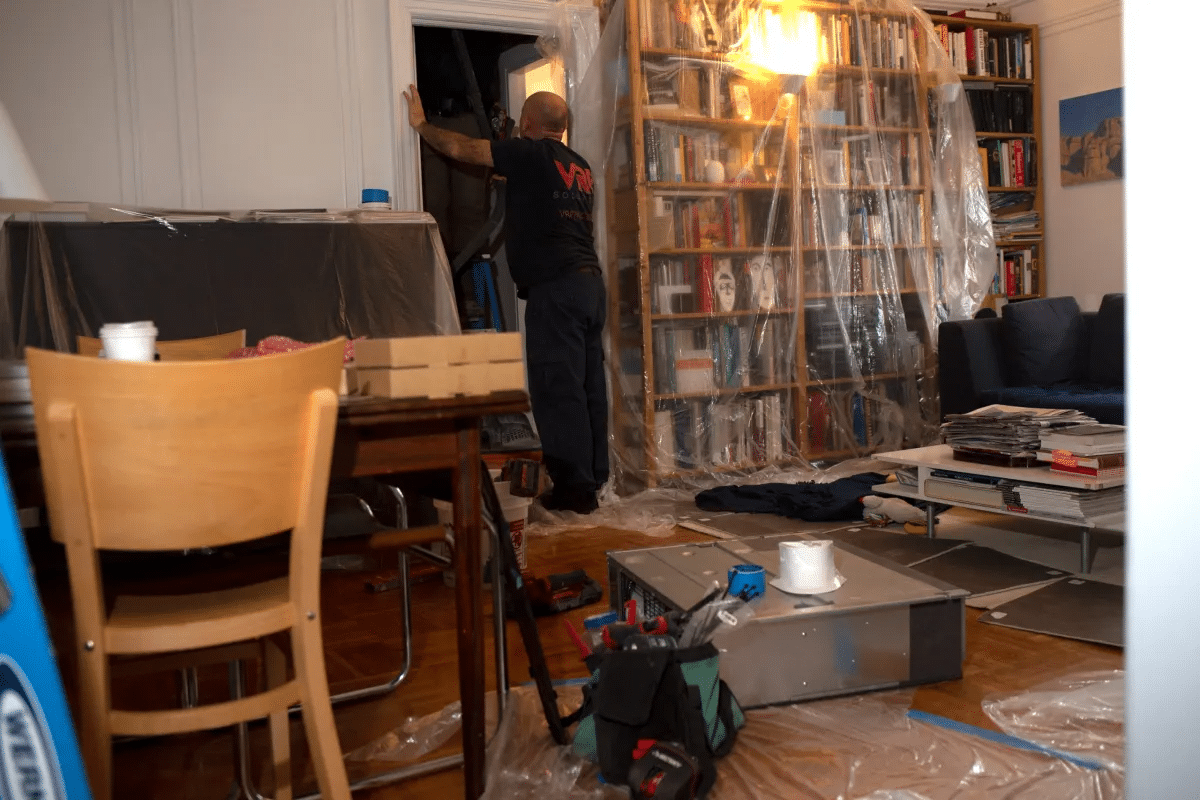Building of the Day: 135 Plymouth Street
Editor’s note: An updated version of this post can be viewed here. Brooklyn, one building at a time. Name: Former factory Address: 135 Plymouth Street Cross Streets: Corner Adams Street Neighborhood: Dumbo Year Built: 1891-1901 Architectural Style: Romanesque Revival Architect: William Tubby /Rudolphe Daus Other Buildings by Architect: Tubby –Wallabout Market (gone), Library and other…

135 Plymouth Street in 2007. Photo by Scott Binter for Property Shark
Editor’s note: An updated version of this post can be viewed here.
Brooklyn, one building at a time.
Name: Former factory
Address: 135 Plymouth Street
Cross Streets: Corner Adams Street
Neighborhood: Dumbo
Year Built: 1891-1901
Architectural Style: Romanesque Revival
Architect: William Tubby /Rudolphe Daus
Other Buildings by Architect: Tubby –Wallabout Market (gone), Library and other buildings at Pratt Institute. Charles Pratt House, Clinton Ave. Row houses in Clinton Hill and elsewhere. Daus: NY & NJ Telephone Building on Willoughby Street, Downtown. 13th Reg. Armory in Bedford Stuyvesant. Row houses and other buildings in Bed Stuy, Park Slope, Crown Heights and Downtown.
Landmarked: Yes, part of DUMBO Historic District (2007)
The story: The more I do research on Brooklyn, the more I find people from my childhood area popping up as movers and shakers in the New York area. And people upstate think no one ever went anywhere and did anything. This building was one of a complex of factory buildings that belonged to the E. W. Bliss Machine Company. The owner was Otsego County’s own Eliphalet W. Bliss, and he certainly made his mark on Brooklyn.
Bliss settled in Brooklyn, like so many others, after the Civil War. He was a machinist, and had grown up in the hamlet of Fly Creek, upstate near Cooperstown. As a young man he had apprenticed at a machine shop, left to work at the Parker gun factory in Connecticut, and then served in the Civil War. In 1867, he opened his own shop, which grew into the E. W. Bliss Company. Between 1879 and 1901, he bought up every piece of land on this block until he owned the entire block bounded by Plymouth, Adams, John and Pearl Streets.
Bliss had three buildings built to house his machine business. The factories manufactured cans, other machinery, tools, dies and other cut and stamped metal products. Bliss invented a machine that stamped out sheet metal cans that were initially used for kerosene and paint. The Bliss factories were among the largest operations in the Dumbo area, and by the beginning of the 20th century, employed over 1,600 people, all men, with only 15 women in his employ. The factory buildings covered close to 186,500 square feet of interior manufacturing space.
In 1912, an advertising brochure for the company listed their product lines. That brochure is in the collection of the Brooklyn Historical Society. It states: “We build Presses, Dies and Machinery for the rapid and economical production of Tin and Sheet Iron Ware in all varieties, including Pierced, Stamped or Pressed. Also for Petroleum Cans, Fruit and Vegetable Cans, Baking Powder Cans, Milk Cans, Spice Cans, Meat Cans, Paint and Varnish Cans, Fish Cans, Lard Pails, all kinds of Tin Canisters, Boxes and Packages including Druggists Tinware. We build Punching, Shearing, Forming and Forging Machinery used by Rolling Mills, Locomotive and Car Builders, Automobile Builders, Drop Forging Works, etc.”
Bliss commissioned architect William Tubby to design a factory building on this block, at Pearl Street. That building was completed in 1891. Ten years later, he hired Rudolphe Daus to design a companion building right behind it. Daus, who could often be an arrogant designer, realized that the best design would complement Tubby’s, and designed a matching building next door. The two buildings were nearly identical and look like they were one. Daus designed the dramatic Romanesque Revival arched bays on Plymouth Street. Daus’ building was begun in 1900, and completed a year later. It included a design studio on the top floors as well as offices.
Bliss branched out into armaments. That factory, along with his home, was in Bay Ridge. He lived in a large villa on the highest point facing the sea, which is now part of Owl’s Head Park, overlooking Shore Road and the Narrows. That was part of a Walkabout on the park, posted here. He died in 1903, and the company carried on, eventually it relocated to Ohio in 1933.
This building complex had been scaled down at the beginning of the Depression, and records show other companies, including a paper company, in the space in 1929. The Waring Envelope Company, whose painted sign on the side of the building is still there, occupied at least part of the factory in 1936. The last information I was able to find on the building shows mixed use, with a paper recycling plant on the ground floor, and one of Dumbo’s last remaining live/work loft buildings above.
(Photograph:Scott Bintner for Property Shark)










What's Your Take? Leave a Comment